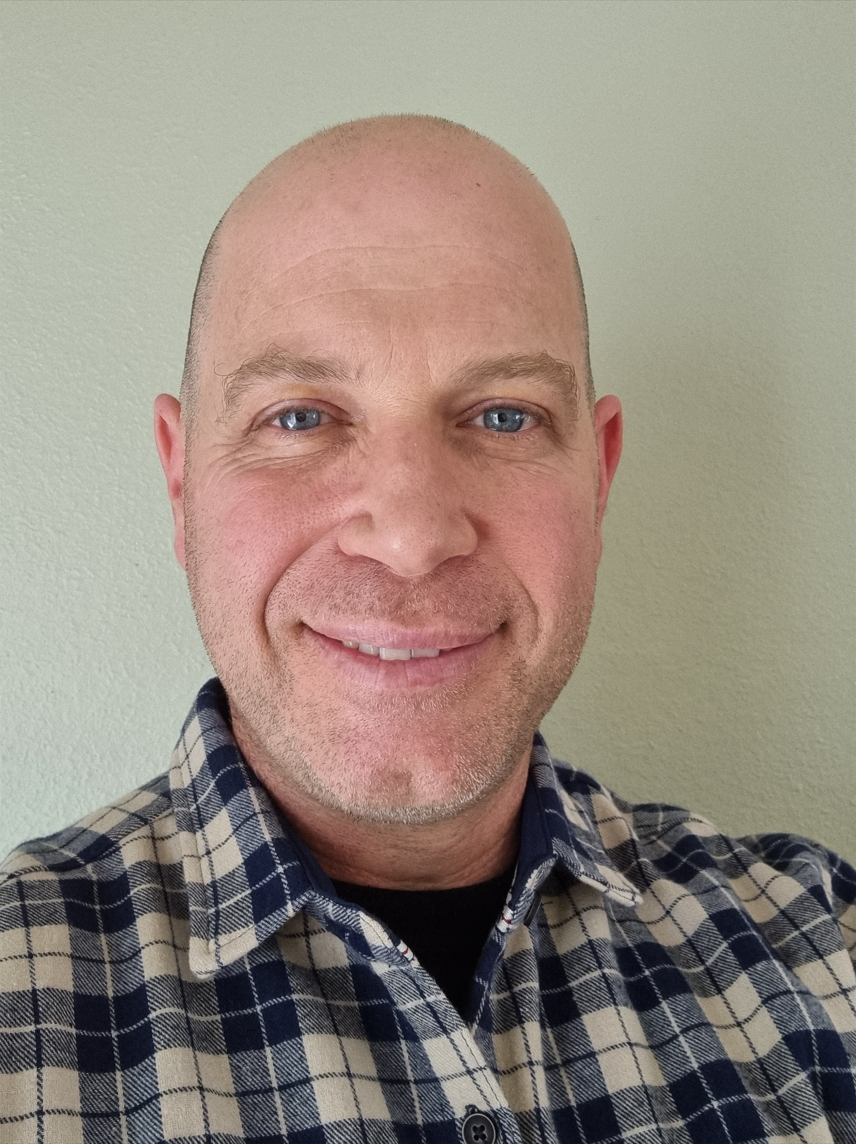Ofer Manor
Technion - Israel Institute of Technology
Seminar Information
~ Meeting ID: 961 9374 8194
~ Seminar Recording Available: Please contact seminar coordinator, Jake Blair at (j1blair@eng.ucsd.edu)

The capacity of nanoparticles to self-arrange to various structures and their unique physical properties has made these building blocks essential in a broad range of applications and scientific disciplines. In this work we attempt to introduce a useful approach toward the fabrication of colloidal (nanoparticle) structures and a strategy to predict the deposit morphology following the evaporation of a carrier liquid.
In experiment, we evaporate dispersions of polystyrene and silica colloidal particles on a silica substrate. We alter the energy barriers to particle-particle and to particle-substrate attachments to result from surface forces that appear due to Van der Waals, electrical double layer, and hydrophobic/hydrophilic interactions. Different energy barriers to particle attachments render different macroscopic to nanoscopic morphology of the particulate deposits. We show that by tuning the energy barriers, we render the morphology of the particulate deposits homogenous or patterned at the macroscale and comprising small or large particle aggregates at the nanoscale. We further render deposits from binary particulate mixtures homogeneous, layered, or phases segregated.
To realize the physics of this problem, one must connect contributions to the morphology of the particulate deposit from the macro-scale convective flow in the volatile carrier liquid, from the nano- scale surface forces in the dispersion, and from the thermal motion of the particles. Our theoretical approach is to identify the midway agents that facilitate a connection between the macroscale and nanoscale mechanisms: These are the mechanisms of particle coagulation in the liquid bulk and particle adsorption to the substrate. By embedding theorems for the rates of particle coagulation and adsorption in a long wave approach for the mass and momentum transport in the volatile dispersion and by compering theory to experiment, we show that the deposit morphology is determined to leading order by two dimensionless numbers. One is the ratio between the rate of particle adsorption and the rate of liquid evaporation. Another is the ratio between the rate of particle coagulation and particle convection. The magnitudes of both numbers are closely connected to the surface forces in the dispersion and to the rate of liquid evaporation.
Dr. Ofer Manor is an Associate Professor at the Department of Chemical Engineering, Technion – Israel Institute of Technology, Haifa. He is a Marie Curie Fellow and a recipient of the Henri Gutwirth Research Award. Dr. Manor’s interests are at the interface of transport and surface phenomena. Currently, the Manor’s group is using theory and experiment for studying:
• Colloidal (nanoparticle) self-assembly near surfaces for designing colloidal structures
• Interactions between surface acoustic waves and the electrical double layer of ions near charged surfaces
• Interactions between acoustic waves and thin liquid films (coating, mixture separation, flow in porous media, cavitation).
Dr. Manor received his BSc diploma from the Wolfson Department of Chemical Engineering at the Technion in 2003. He then accepted an engineering position at Rafael Ltd. (2003-2007) while obtaining his MSc diploma (thesis in the field of fluid mechanics) at the Technion in 2006. Dr. Manor received his PhD diploma (thesis in the field of Colloid Physics) at The University of Melbourne, Australia, in 2010, which was followed by postdoctoral fellowships in the field of acoustic flow and microfluidics at Monash University and at RMIT University, Australia. Dr. Manor joined the Technion in 2013, where he has been teaching various courses in the fields of transport phenomena, numerical analysis, and colloid and surface science.
